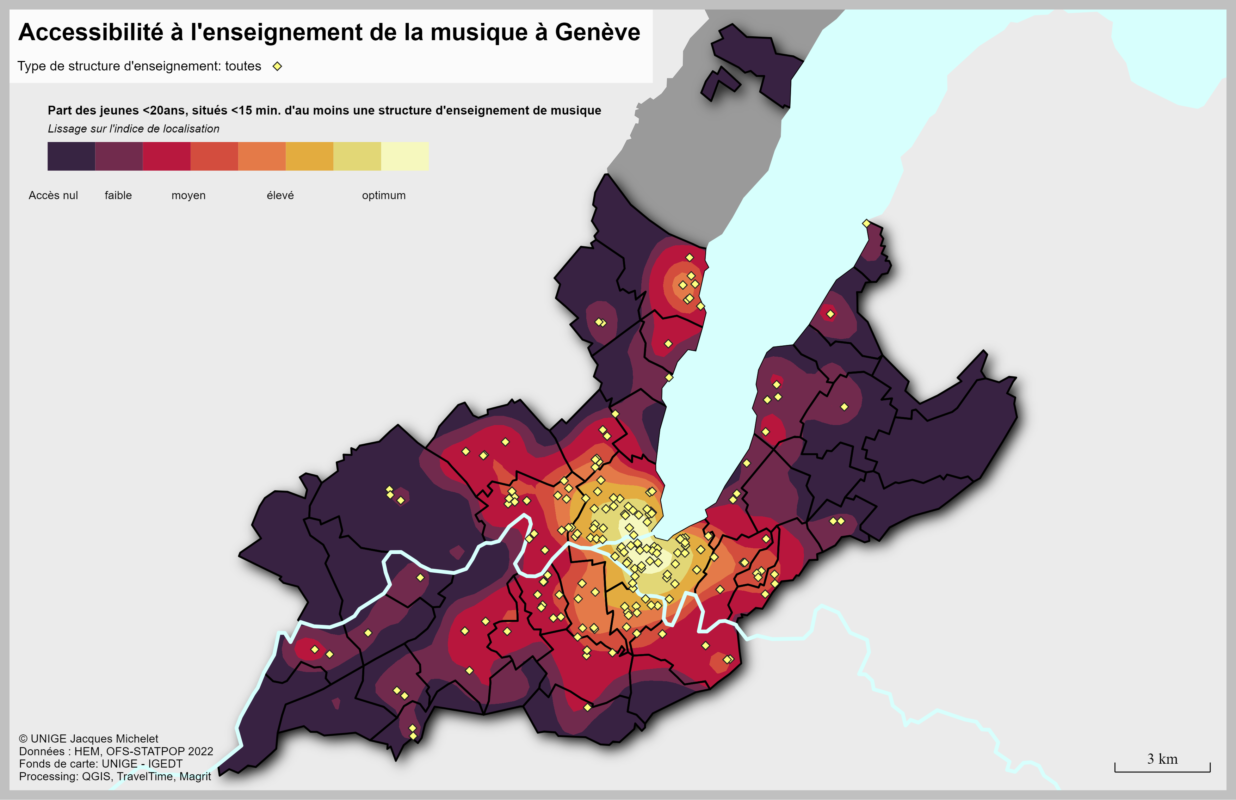Portraits of music schools and cantons
The 400 or so music schools affiliated to ASEM are as diverse as Switzerland itself, and so are their cantonal associations. This year, we're bringing you two series dedicated to the presentation of small music schools in rural areas, as well as interviews with delegates on the particularities of their cantons.
The history of music schools in Switzerland is relatively recent. The first was founded in Geneva in 1835 (Conservatoire de Musique de Genève). In 1858, the city of Berne welcomed the first music school in German-speaking Switzerland, the Conservatoire de Berne, followed over the next two decades by Lausanne (1866), Basel (1867) and Zurich (1876). As we can see, for a long time, music education was only available in cities. Today, however, it is supported by an extensive network throughout Switzerland. Counting double enrolments, some 780,000 school-age children and young people take 300,000 lessons at a local music school. Although, according to ASEM statistics for 2020, the trend is clearly towards the creation of large, merged music schools, there are still many small music schools in rural areas that enable interested children and young people to take lessons in the instrument of their choice, if possible on site in their community. It's these institutions that we'll be focusing on this year. In no particular order, we will be publishing transcripts of interviews with music school directors from all language regions. And, in a second series, we will highlight the heterogeneous conditions prevailing in the cantons. The series is kicked off by the Engiadina Bassa/Val Müstair Music School (EBVM) and the Basel-Landschaft Association of Music Schools (VMBL).








